all about moissanite

Beautiful rainbow flashes and jaw-dropping fire and brilliance characterize the moissanite gemstone. While they may look similar to diamonds at first glance, upon closer inspection, you'll find that moissanite is a completely different stone composed of different chemical and physical properties. What's so special about moissanite, exactly? Here’s a deep dive into this exquisite gemstone and how it stacks up against other natural diamonds and lab grown stones.
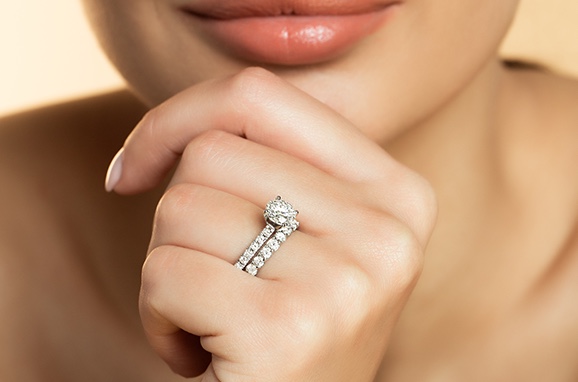
What is moissanite?
Made from silicon carbide, moissanite is a lab created gem that is often used as a diamond alternative because of its durability, sparkling appearance and affordable price tag.
what is moissanite made from?
Composed of silicon carbide, moissanite is a lab created gem often used as a diamond alternative. Why? It’s exceptionally durable, gives off a fiery sparkle, and comes at attainable price points. Moissanite was first discovered in a meteor crater in 1893 by scientist Henri Moissan. Today, however, naturally occurring moissanite is incredibly rare, which is why the creation process is replicated for jewelry purposes
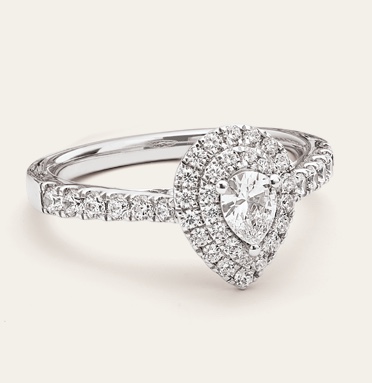
lab grown diamonds vs. moissanite
Both moissanite and lab grown diamonds are popular among consumers who want a look similar to a natural diamond. Both gemstones are beautiful options; where moissanite and lab grown diamonds differ, however, is that a lab grown diamond is structurally and chemically identical to a natural diamond, whereas moissanite is a completely different composition
Learn more about lab grown diamonds vs. moissanite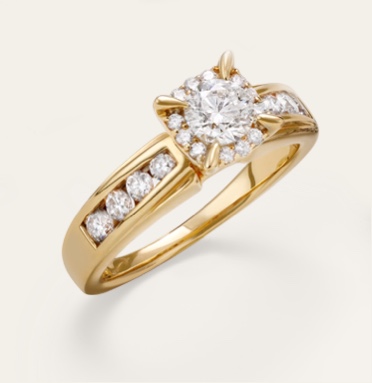
natural diamonds vs. moissanites
While comparable to diamonds in brilliance and durability, moissanite stones are slightly less hard on the Mohs Hardness Scale, they reflect light differently, and they typically come in the near-colorless to colorless range. When shopping for an engagement ring or a gift, you’ll want to understand all the differences when putting moissanite and diamonds side by side.
Learn more about natural diamonds vs. moissanite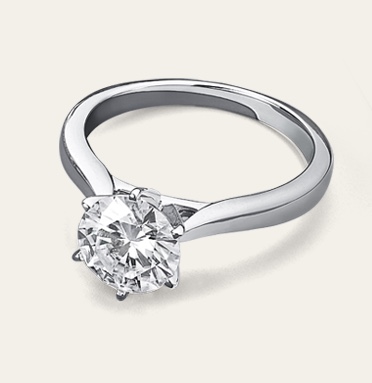
cubic zirconia vs. moissanite
Though cubic zirconia and moissanite are both lab created, moissanite is the tougher gemstone. Cubic zirconia contains a mix of oxygen and zirconium, whereas moissanite is made of carbon and silicon. In this regard, moissanite is much more similar to a diamond. Moissanite also has a higher level of brilliance and light performance, and it has a higher value than CZ.
Learn more about cubic zirconia vs. moissaniteelements of moissanite
Moissanite has unique qualities that makes it similar to natural diamonds, but different in uniquely compelling ways.
moissanite fire
Moissanite often gives off a striking, fiery flash of color, which is especially noticeable in sunlight. This prismatic effect offers unparalleled sparkle to any engagement ring or other piece of fine jewelry.
moissanite brilliance
A diamond reflects light in more complex ways via brilliance, dispersion, and scintillation, which give the stone its legendary sparkle. However, with its unique faceting pattern, moissanite gemstones exhibit a different type of brilliance than diamonds. The stone’s refractive index is 2.65–2.69, which is higher than a diamond..
moissanite hardness
On the Mohs Hardness Scale, moissanite scores a 9.25 (diamonds score a 10). This rating means that moissanite is exceptionally durable and holds up well to scratches and abrasions.
moissanite toughness
Given its high heat tolerance, moissanite resists breaking and chipping. That makes it a tough stone ideal for jewelry you plan to wear regularly, such as a wedding or engagement ring and everyday stud earrings.
frequently asked questions
Moissanite is graded on the same color scale as diamonds, but the gemstones are not given a single letter grade. They are typically graded according to a range of color: D-E-F (colorless), G-H-I (near-colorless) and J-K (faint color).
No. Moissanite’s composition is silicon carbide, which differs from a diamond’s chemical and physical properties. Natural moissanite originally comes from space — created by a meteorite that fell to Earth. This makes it one of the rarest natural minerals found in nature. This scarcity makes moissanite an especially precious stone, even though it can now be made in a laboratory.
Natural moissanite originally comes from space—created by a meteorite that fell to Earth. This makes it one of the rarest natural minerals found in nature. This scarcity makes moissanite an especially precious stone, even though it can now be made in a laboratory.
With proper care, moissanite will not lose its sparkle over time. The color and clarity of the stone won't change through the years unless the gem incurs damage.
Owing to its unique, multifaceted composition, moissanite radiates fiery prismatic sparkle, making these stones especially stunning in jewelry settings.
One of the safest and most efficient ways to clean a moissanite ring is to use a mild dish soap, warm water, and a soft toothbrush.
Even though moissanite isn’t a diamond, when using diamond testers that detect thermal conductivity, a moissanite gemstone will pass as an authentic diamond. This is because, in comparison to faux diamonds and most other gemstones, moissanite is an effective heat conductor.
While many people prefer clear to colorless moissanite, the gem is available in almost any color you can think of. You can typically find moissanite in varying shades of green, gray, gold, blue, brown, purple, yellow, and pink.
Moissanite ranks 9.25-9.5 on the Mohs Hardness Scale, making it the second-hardest gemstone behind only diamonds which have a ranking of 10.
schedule an appointment
Schedule an appointment online or in person to discuss more about moissanite stones and see Helzberg's selection of moissanite rings and jewelry today!
Schedule nowMore advice
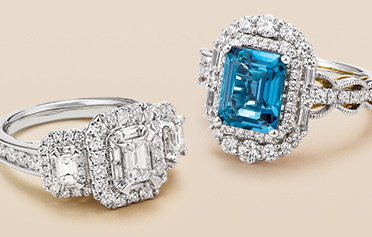
engagement buying guide
Finding the perfect engagement ring can be overwhelming, but it doesn't have to be.
Learn more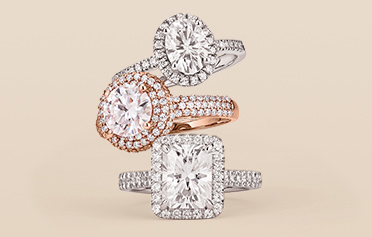
all about lab grown diamonds
Everything you need to know about diamonds created in a lab.
Learn more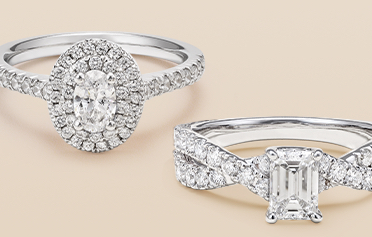
natural vs. lab grown diamonds
Learn the difference between diamonds mined from the earth and diamonds grown above ground.
Learn more














